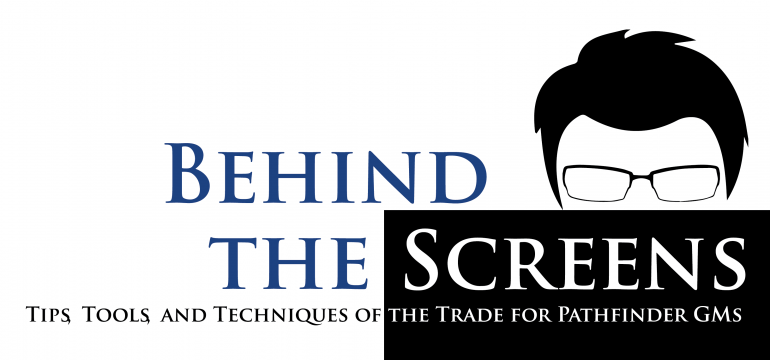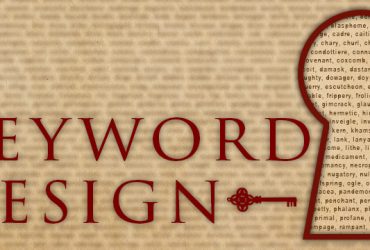We live in exciting times.
Back at the dawn of the Dungeons & Dragons, a set of polyhedral dice could be a difficult commodity to come by. And those that were available are a far cry from the sundry assortment available today. Some of the earliest sets of D&D had dice with unmarked facings that required players to mark their own numbers in with crayon. There’s even a document case of a “dice shortage” wherein boxes of D&D were shipped with cardboard chits to be used in place of dice along with a voucher for the purchase of dice at a later date.
Today, dice are stocked at every game store and are usually siting next to other such incidental items like candy and soda. Go to any geek-related convention and you’ll see dice vendors aplenty. Companies like Chessex make their livelihood offering dice in all sorts of varieties. You can even get customized dice designs so you can use your 3D polyhedrons as yet another form of self-expression.
Sometime between the birth of RPGs in late 70’s and now, the popularity of dice exploded. Manufacturers, so used to producing the venerable D6, suddenly realized how lucrative it was to produce other, less common, multi-sided dice to meet gamer demand. The reality is that demand drives the market. And if demand soars, supply will eventually be driven to meet it. How does this relate to toy soldiers, you might ask? Just as with dice, we’re experiencing an explosion in the popularity of miniatures
Time was that when your group wanted accurate 3D representations for their PCs and Monsters on their tables they’d need to track down one of the handful of metal miniature producers in the world or else sculpt and cast it themselves. Forget customization or likeness to your PC. You were lucky if you even had miniatures. Though then, as now, the game doesn’t require any sort of tabletop representation miniatures were ever in high demand.
So what’s a gaming group to do, especially one that’s just beginning to acquire peripheral materials? Have no fear! There are plenty of options, the only challenge is to find one that suits your budget and hobby skills. Below I list an assortment of options and a few specific examples and some thoughts on the pros and cons.
Paper Pawns
Expense Rating: 1/5
Hobby Skill Required: 0/5
These things are essentially just pictures printed on a hard card stock or cardboard backing. They’ll have instructions for folding so they stand upright or some with a plastic base to stand on. There are PDF files from various suppliers – or you can even design your own – and print out as many little pawns as you’d like. Alternatively, RPG companies like Paizo sell official Pawns that are tied into their adventures. Paper pawns certainly do the job on the cheap. But they suffer from that which plagues all paper products. They’re not very durable. Folds, dents, and moisture can ruin them. And storage can become tricky if your collection grows (honestly – this is a problem for all miniatures). But if you’re on a budget and just need some quick tokens for 3D representation, pawns are an easy solution.
Prepainted Plastic
Expense Rating: 3/5
Hobby Skill Required: 0/5
The next step up from pawns in terms of ready-to-playability. These are typically single-pose plastic miniatures that come prepainted and ready to play. WizKids has lately become known for the mass production of quality plastic miniatures for both Paizo and Wizards of the Coast. The old D&D Miniatures line was also a dated if popular example that has been recently revitalized with 5E. Just like paper pawns, prepainted plastic miniatures come ready to use out of the box. They’re usually made of a soft plastic polymer which makes them prone to bending but will rarely break. Paint jobs can vary by the range or even by lot with the occasional misplaced detail. Prepainted plastics tend to be quite a bit more expensive than most other options for miniatures although that can vary on the secondary market. The main reason for this is that most of these miniatures are sold using blind-box packaging and the consumer doesn’t necessarily know what they’re getting until after they open the box. Add to this that the packaging for these products usually uses a rarity scale and the result is quite a bit of money can be spent in order to complete a collection.
Unpainted Monopose
Expense Rating: 2/5 to 3/5
Hobby Skill Required: 0/5 to 2/5
Unpainted mono- or single-pose miniatures are the middle ground for players in terms of cost and hobbying skill. For those who want something more representative than paper pawns but lack either the skill or desire to paint, these can be an easy and affordable alternative to the prepainted plastics. This is also the realm where we start to see a bit of material diversity in the product. Miniatures in this broad category can be found in hard polystyrene, softer resins, or various metal alloys. Prices can fluctuate from company to company and costs heavily depend on materials and availability. It’s not unheard of for a miniature to cost half again as much as it sticker price due to the vagaries of international shipping. That being said, there are a number of suppliers of affordable unpainted singles. Reaper Miniatures is probably among the most notable. And Fantasy Flight Games has recently thrown its hat into the ring with products like Imperial Assault. There are also numerous but less well-known companies like Titan Forge or Ninja Division (formerly Soda Pop Miniatures) whose Kickstarters have attracted a lot of attention because of their impressive but affordable miniature lines.
Unpainted Multi-Part
Expense Rating: 3/5 to 4/5
Hobby Skill Required: 4/5
This is where things start to get serious in terms of DIY peripherals. Miniatures in this category come unassembled and unpainted. Open a box and you get a flat plastic sprue with a bunch of bits and a set of instructions. The very definition of build your own toy soldiers. For some – especially among the old guard, this is the only way to have miniatures. You get your hobby knife and your plastic glue and your paints and brushes and go to town. Days (or maybe weeks) later you’ve got some painted miniatures for your game table. Citadel Miniatures (from Games Workshop) are probably the most common products in this category. Although companies like Mantis Games or Privateer Press also have dedicated followings. A number of smaller third party companies have begun to crop up mostly in support of the wargames produced by the aforementioned companies though the side effect of this has meant that it’s become a bit easier for RPGamers to find semi-customizable miniatures for cheaper.
Custom Designs
Expense Rating: 5/5
Hobby Skill Required: 0/5 to 2/5
Fully customizable miniatures are a recent addition to the scene. Hero Forge became the first mass market purveyor of customizable miniatures back in 2014. For a price, you can build your (N)PC using their browser-based design app. You can literally build your miniature from the group up and have it customized in nearly every way you can imagine. You can paint it if you wish, or use it as is. Either way, this emergent technology can pave the way for new and exciting options for miniature enthusiasts.
Do you have a favorite miniature product or company? How much to miniatures play a factor in the enjoyment of your games? Let me know in the comments section below!






